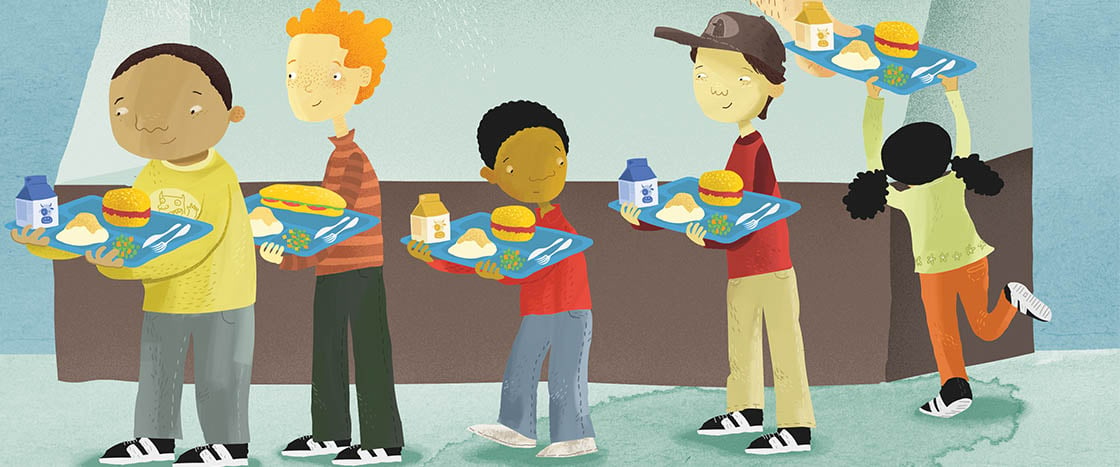I have dreams about those shoes. Black high-tops. Two white stripes.
“Grandma, I want them.”
“There’s no room for ‘want’ around here—just ‘need,’” Grandma says. “And what you need are new boots.”
Brandon T. comes to school in those shoes. He says he’s the fastest runner now, not me. I was always the fastest before those shoes came along.
Nate comes to school in those shoes. Antonio and I count how many times Nate goes to the bathroom—seven times in one day, just so he can walk up and down the hall real slow.
Next, Allen and Terrence each get a pair.
Then one day, in the middle of kickball, one of my shoes comes apart.
“Looks like you could use a new pair, Jeremy,” Mr. Alfrey, the guidance counselor, says. He brings out a box of stuff he has for kids who need things. He helps me find the only shoes that are my size—Velcro—like the ones my little cousin Marshall wears. They have an animal on them from a cartoon I don’t think any kid ever watched.
When I come back to the classroom, Allen looks at my Mr. Alfrey shoes and laughs, and so does everyone else. The only kid not laughing is Antonio.

